2024 Le Mans preview: the eight key themes you need to know
With a manufacturer pile-on, there is much to look forward to in this year’s endurance blockbuster. Pied Piper of the Le Mans 24 Hours Gary Watkins reveals eight talking points ahead of the race
JULIEN DELFOSSE / DPPI
1. Don’t discount Toyota
Twelve months ago, Toyota headed into the Le Mans 24 Hours as the clear favourite, though it ultimately lost out to Ferrari in a thrilling race that went down to the wire. On the evidence of the opening round of the World Endurance Championship in Qatar in March, the odds have to be considerably longer. The Japanese manufacturer’s pair of GR010 Hybrid Le Mans Hypercars were pretty much nowhere.
The reasons for that are multifarious. The pack has been catching up on the incumbent kings of the WEC and the Balance of Performance, the system by which the field is meant to be levelled in the WEC’s Hypercar class, was clearly not in Toyota’s favour in the Middle East. Victory second time out in Imola wasn’t quite the return it might have looked. The win was down to Ferrari’s strategic implosion.
Yet it would be wrong to discount Toyota on the evidence of one race. How about taking the past six editions of the 24 Hours into account? It triumphed in five of them, admittedly against limited opposition, so the Cologne-based Toyota Gazoo Racing squad knows how to win the big one. It is a well-oiled racing operation with years of experience to dip into, and has an amazing resourcefulness to go with it.
2. Porsche bids for the big 20
Porsche looks ready to go for outright victory number 20 at Le Mans with its 963 LMDh. That wasn’t the case a year ago. The new car was neither fast enough nor reliable enough for the marque to add to its record tally at the biggest endurance race of them all. Porsche in the new era looked a shadow of the team that took a hat-trick of victories in the French enduro with the 919 Hybrid LMP1 in 2015-17. The outlook changed in the early months of 2024.
First off, the North American arm of the factory Porsche Penske Motorsport squad took victory at the Daytona 24 Hours, the opening round of the IMSA SportsCar Championship. Four weeks later its European-based counterpart scored a maiden win in the WEC, and significantly the first for an LMDh car after Toyota and Ferrari monopolised the top step of the podium with their LMHs in ’23. And it did it in dominant style. Laurens Vanthoor, Kévin Estre and André Lotterer were out front for all but 52 of the 335 laps of a race lasting 10 hours as they led a Porsche 1-2-3.
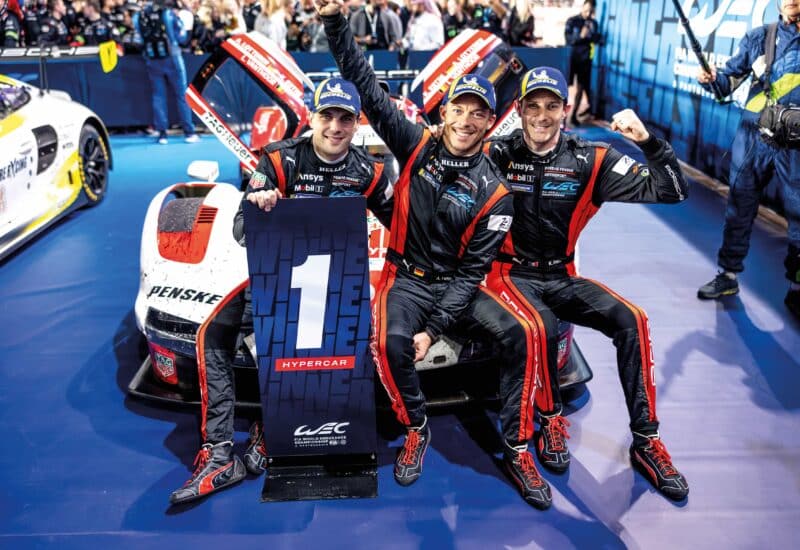
Porsche started strongly in this season’s WEC – a win in the Qatar 1812Kms with drivers Laurens Vanthoor, André Lotterer and Kévin Estre
There has been no silver bullet, no one development that has transformed the 963. Porsche eschewed making any of the hardware changes allowed to it in the name of performance; it took none of the limited supply of so-called evo jokers. Rather, the gains have been about hard work on the test track and on the simulator as Porsche and its partners honed the complicated electronic systems of its racer.
Porsche has more entries in the 23-car Hypercar field than any manufacturer. The factory PPM squad has again brought over one of its IMSA entries to bolster its squad for the big one, while there are a further three 963s in the hands of the privateer Jota and Proton teams.
Whatever happens over the rest of ’24, the 963 will be judged by the outside world and the company top brass on the events of the middle weekend in June.
3. Follow that, Ferrari
Ferrari is back at Le Mans looking to make it two out of two at the 24 Hours after its return to the pinnacle of sports car racing with the 499P LMH. It might not be its primary goal in 2024, however. The Italian manufacturer’s racing management and the drivers have hinted that the WEC crown tops the list this time around, though a big score in the double-points round is always key to a successful tilt at the title.
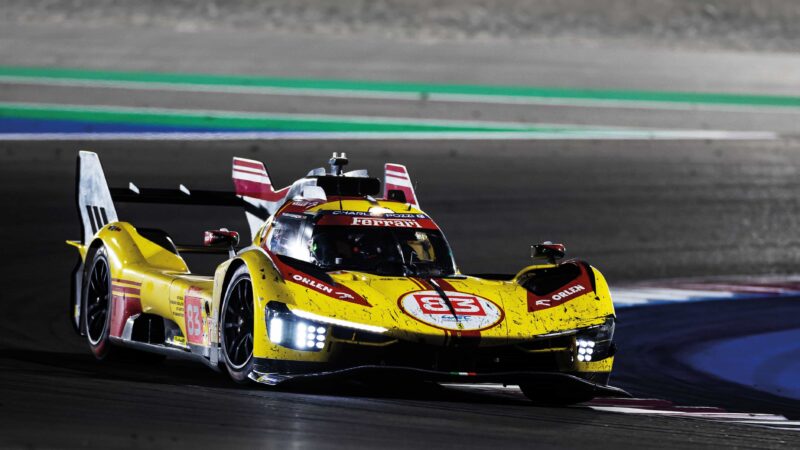
The top-placed Ferrari 499P in WEC 2024’s round one in Qatar wasn’t the usual red…
DPPI
The Ferrari worked better on the Circuit de la Sarthe last year than anywhere else: the victory for James Calado, Antonio Giovinazzi and Alessandro Pier Guidi wasn’t just down to Toyota’s BoP hit. A liking for Le Mans on the part of the 499P should stand it in good stead this year, though the BoP will, of course, play its part. It was a loser in the BoP stakes at Qatar before getting a helping hand for Imola, a race it should have won.
Two fourths were all Ferrari had to show for its season ahead of round three at Spa in May. The one notched up by the satellite entry — a customer car — driven by Robert Kubica, Yifei Ye and Robert Shwartzman in Qatar proves its now has three strong competitors in its bid for Le Mans win 11.
4. Manufacturers still dancing around BoP
The BoP was the big topic of conversation at Le Mans last year after the WEC organisers the FIA and the Automobile Club de l’Ouest went against their own guidelines to unilaterally make changes ahead of the race.
The revisions hit Toyota hardest and undoubtedly played a role in Ferrari’s victory. The BoP will inevitably again be in the spotlight despite the best efforts of the powers that be: manufacturers, teams and drivers are banned from talking about it in public.
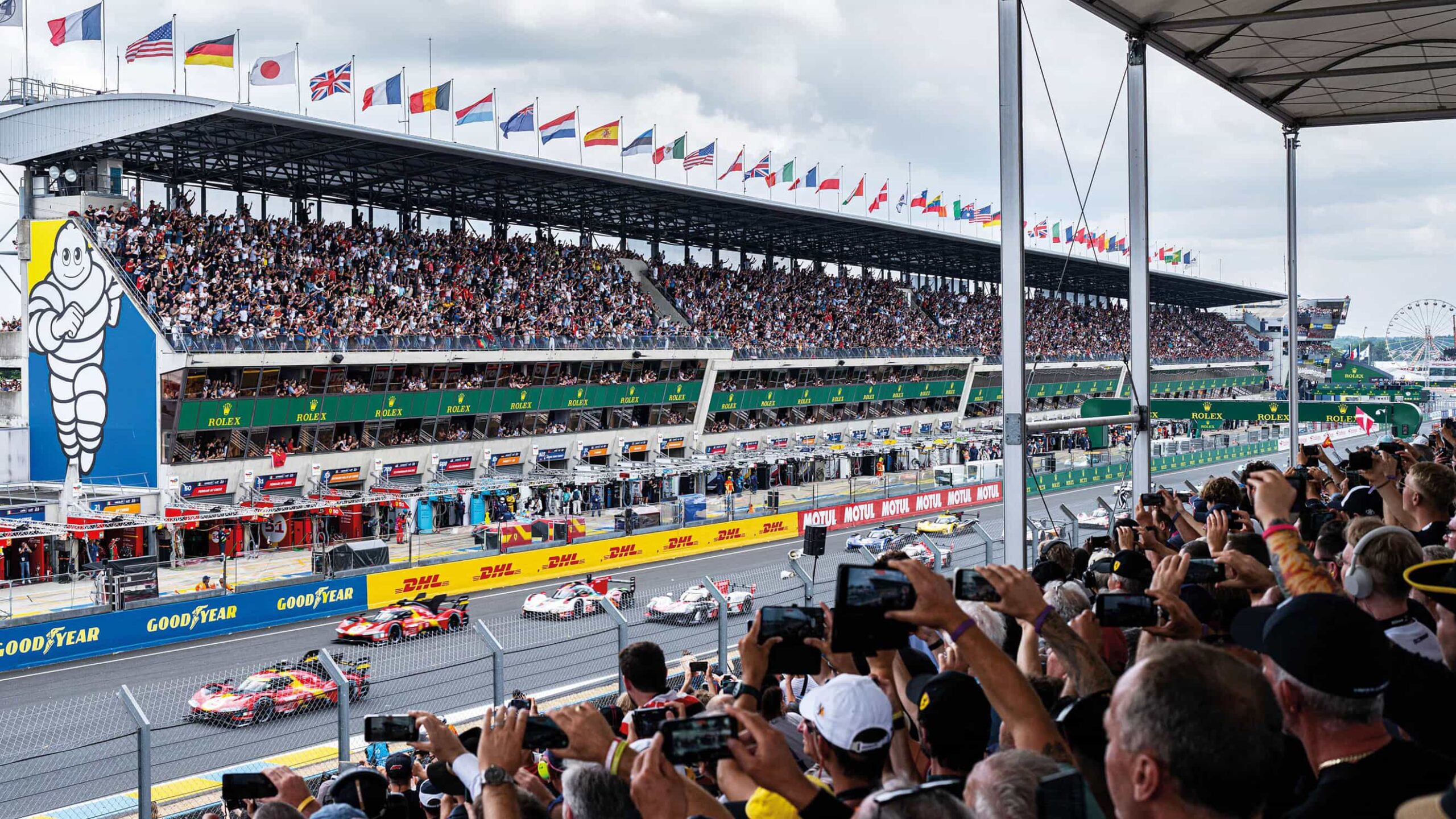
The system aimed at levelling the playing field between the manufacturers in Hypercar has been revised for 2024. The fixed points at which it could change — unless the rule makers deemed otherwise, as it turned out — has been done away with in favour of what appears to be a more reactive system. A new BoP table will be issued for every race and Le Mans, courtesy of the unique characteristics of the long Circuit de la Sarthe, is being viewed as a special case unlike last year.
Second-guessing what is going to happen would be a waste of time. The hope has to be that the ACO and FIA get their sums right.
5.Peugeot winging it this time
Peugeot has given up on the wingless concept of the original 9X8 LMH. The more conventional-looking car, complete with rear wing, that came on stream at Imola in April is the result of a swap from the equal-size tyres all-round of the first iteration to the same narrower fronts and wider rears used by all its competitors.
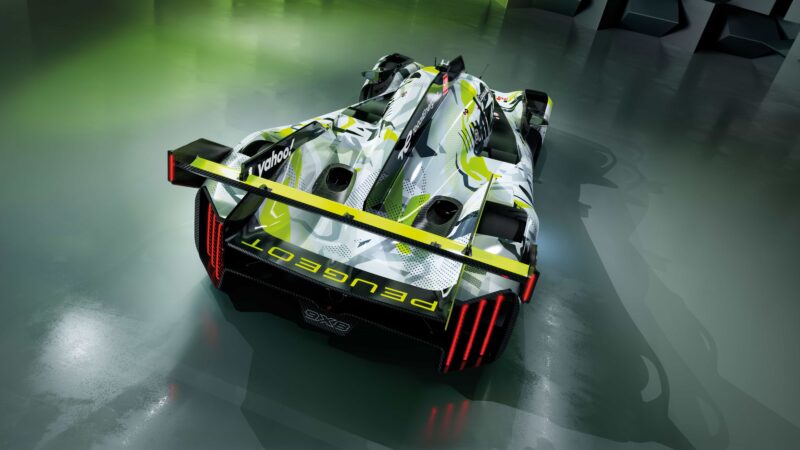
Peugeot’s 2024 9X8 features a conventional wing, bringing it into line with competitors’ Hypercar designs
Peugeot
Its hand was forced to move away from the long-since abandoned tyre sizes originally mandated in LMH in order to produce a car that works on all circuits and doesn’t leave it at the mercy of the BoP. No finger of blame should be pointed in the direction at Peugeot: the Mk 1 version of the 9X8 was a victim of the rule changes that were part of the convergence process to accommodate LMP2-based LMDh machinery in Hypercar.
The gains to be made at Le Mans will be smaller than at some other tracks: the starring performance from the 9X8 on Saturday night into the small hours on Sunday last year was as much a result of the tricky conditions and some cute strategic calls as the circuit characteristics. But in 2024, Peugeot should be a step closer to the pace.
6. Alpine back to the pinnacle
Alpine was the most impressive Hypercar newcomer first time out in Qatar. The Renault brand got one of its A424 LMDhs deep into the points – some way ahead of BMW and Lamborghini. A seventh-place finish for Ferdinand Habsburg, Charles Milesi and Paul-Loup Chatin owed more to the drivers’ ability to save fuel than outright pace. Their strategy, thought up on the hoof in the opening double stint undertaken by Habsburg, allowed them to forego a splash-and-dash stop for fuel at the end of the race, propelling them up the order.
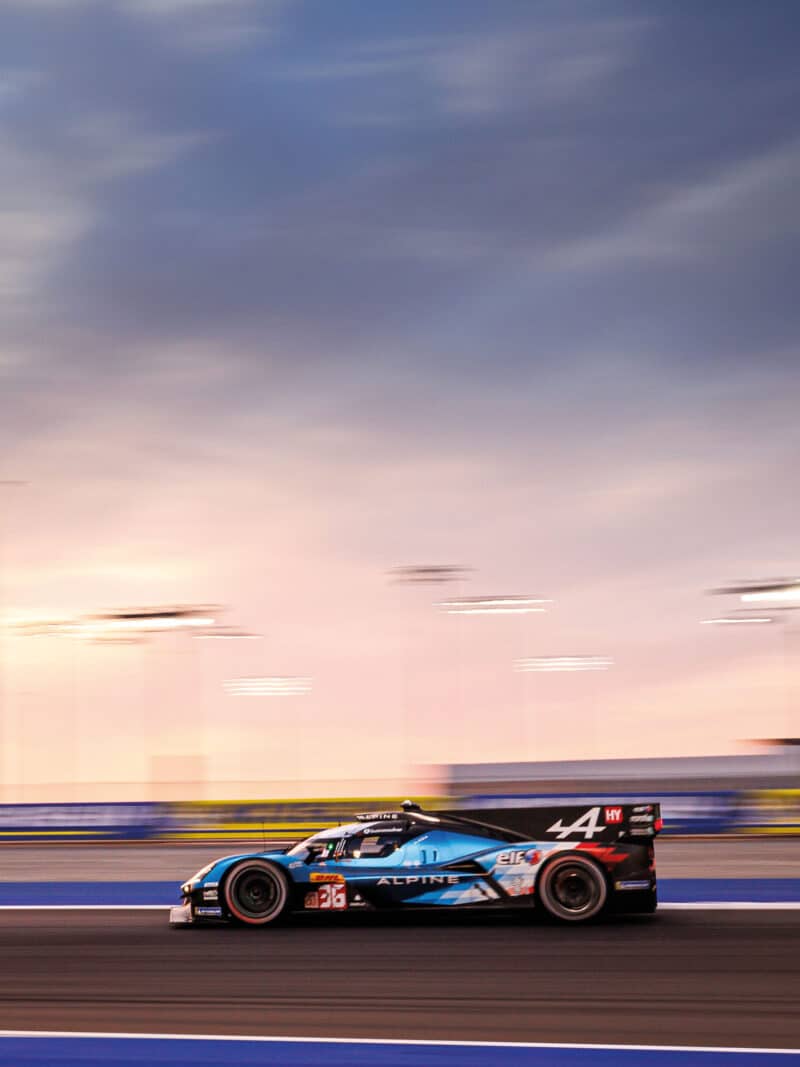
Alpine marked its return to WEC with points in Qatar, thanks in part to Austrian driver Ferdinand Habsburg
DPPI
There is clearly still work to do. The marque returns to Hypercar with long-time partner Signatech – after a year’s break following its two-year stint running a down-specced ORECA LMP1 in 2021-22. The focus of its maiden campaign appears to be on Le Mans and the A424 has already come through an endurance simulation test without problem — or at least there were no issues until after it had completed a Le Mans distance.
7. Usual suspects head new GT class
Nine manufacturers are represented in the new LMGT3 class, which has replaced the outgoing GTE division after a two-year phase-out: GTE Pro went at the end of 2022 and then GTE Am after last season. The WEC’s adoption of the FIA GT3 rulebook as the basis for what is a pro-am division for customer teams has undoubtedly been a success in terms of quantity and quality. The 18 full-season WEC entries — each marque must have two cars — are bolstered at Le Mans by a further five LMGT3s, a trio of Ferraris, a Ford and a McLaren.

More excitement for Porsche in Qatar – a Hypercar win, then a Manthey 911 gained maximum points in the first ever LMGT3 race
LMGT3 should offer everyone a chance courtesy of the BoP, but in Qatar it was the mainstays of GT racing in the WEC who monopolised the top positions. Porsche took the victory with the 911 GT3 R entered under the Manthey PureRxcing banner, Aston Martin claimed second and third spots with the Evo version of its Vantage GT3 run by the Prodrive/AMR squad and Ferrari had the fastest car in race conditions in the 296 GT3 introduced last year. The Manthey car might have won in Imola, too, but it was a newcomer, BMW, with its M4 GT3, that took race honours with a 1-2 finish for the WRT-run cars.
The rest, to a greater or lesser degree, had both work to do, but also clearly needed a helping hand from the BoP.
8. Cameo return for secondary prototypes
The LMP2 class has disappeared for this year from the full WEC schedule to make room for the expansion of the Hypercar field and the arrival of the new LMGT3 category, but the secondary prototype division remains an important constituent of the Le Mans grid. It is one of the foundations of what the ACO likes to call the pyramid of endurance.
The ACO promised to reserve 15 grid spots at the centrepiece WEC round for LMP2 machinery from the European and Asian Le Mans Series and IMSA, and has stuck to its word. There are actually 16 cars in the class split across two sub-categories: regular P2 has 10 cars, while P2 Pro/Am in which a bronze rather than a silver driver under the FIA’s driver categorisation system is mandated in the line-up has six cars.
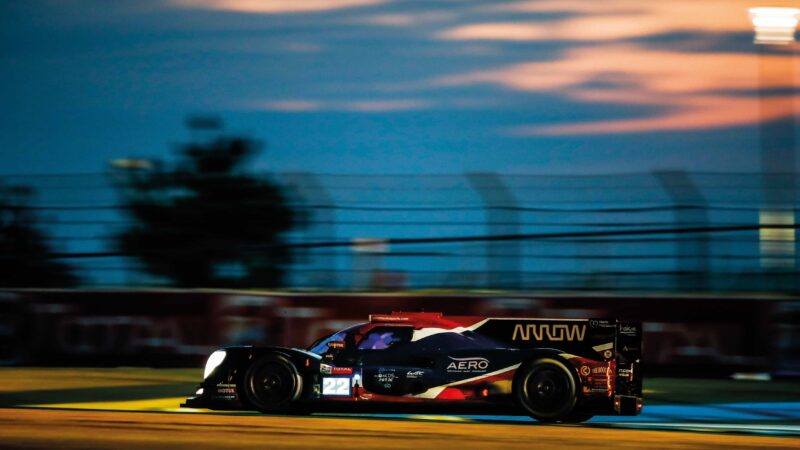
Pining for P2? It’s out of WEC but the category still has a home at Le Mans, which will again see United Autosports – 2020’s LMP2 winner, pictured – taking part
DPPI
A stellar field made up entirely of the ORECA-Gibson 07, making it a de facto one-make category, is bursting with top-class teams, even if three of the most consistent frontrunners in the recent past, Signatech, WRT and Jota, are now competing in Hypercar. The likes of Inter Europol and United Autosports, P2 winners at Le Mans in 2023 and 2020 respectively, are back along with reigning European and Asian champion team Algarve Pro and former ELMS title winners IDEC and TDS (now partnered with Olivier Panis’s organisation).